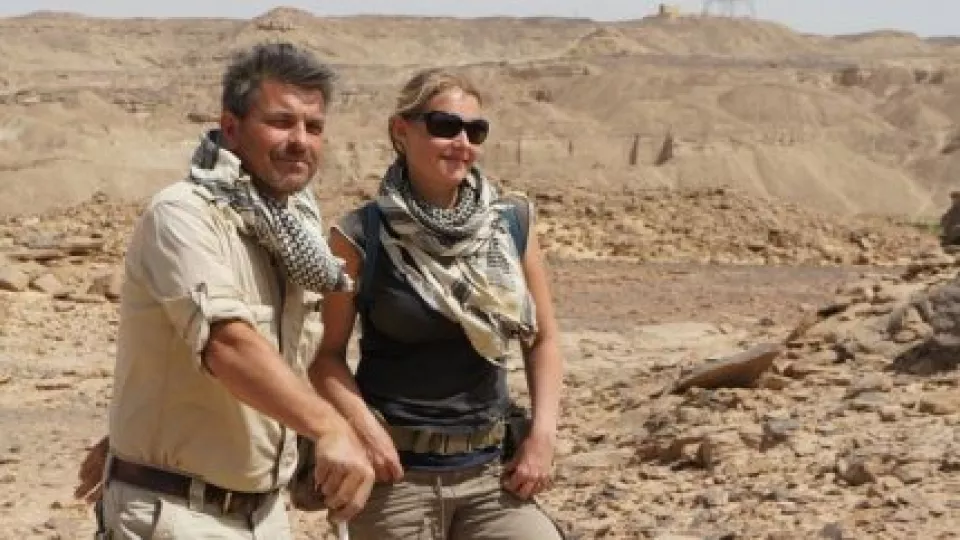“This find changes the history of the location, and thoroughly proves that Gebel el Silsila was not only a quarry but also a sacred site”, says archaeologist Maria Nilsson from Lund University.
The temple in Gebel el Silsila is believed to have been active 3500–2000 years ago. The foundations of the temple have been described previously, most recently in 1934, but then the temple fell into oblivion. Using a very crude map from the early 1900s, Lund archaeologist Maria Nilsson and her team succeeded in locating the temple again. They simply searched the area marked with a small T.
“We have what is presumably a symbolic bridge in how they built temples, a transition from limestone to sandstone construction. It is very exciting”, said Maria Nilsson, researcher in archaeology.
She heads the research team of around 16 people, of whom four are Swedish, which has been surveying the location outside Aswan, 850 kilometers south of Cairo, since 2012. The group has already made several interesting discoveries, including a stela – a relief sculpture cut into a rock face – with what are believed to be 2500-year-old inscriptions.
Research teams which previously investigated the quarry did not think the location had any prehistoric remains to speak of, but the Swedish-led research team has disproved this. Since the start, they have found over 60 rock art sites with the associated flint tools, and documented around 5000 engraved images and 800 texts from the Graeco-Roman period.
Read the team’s blog here.
